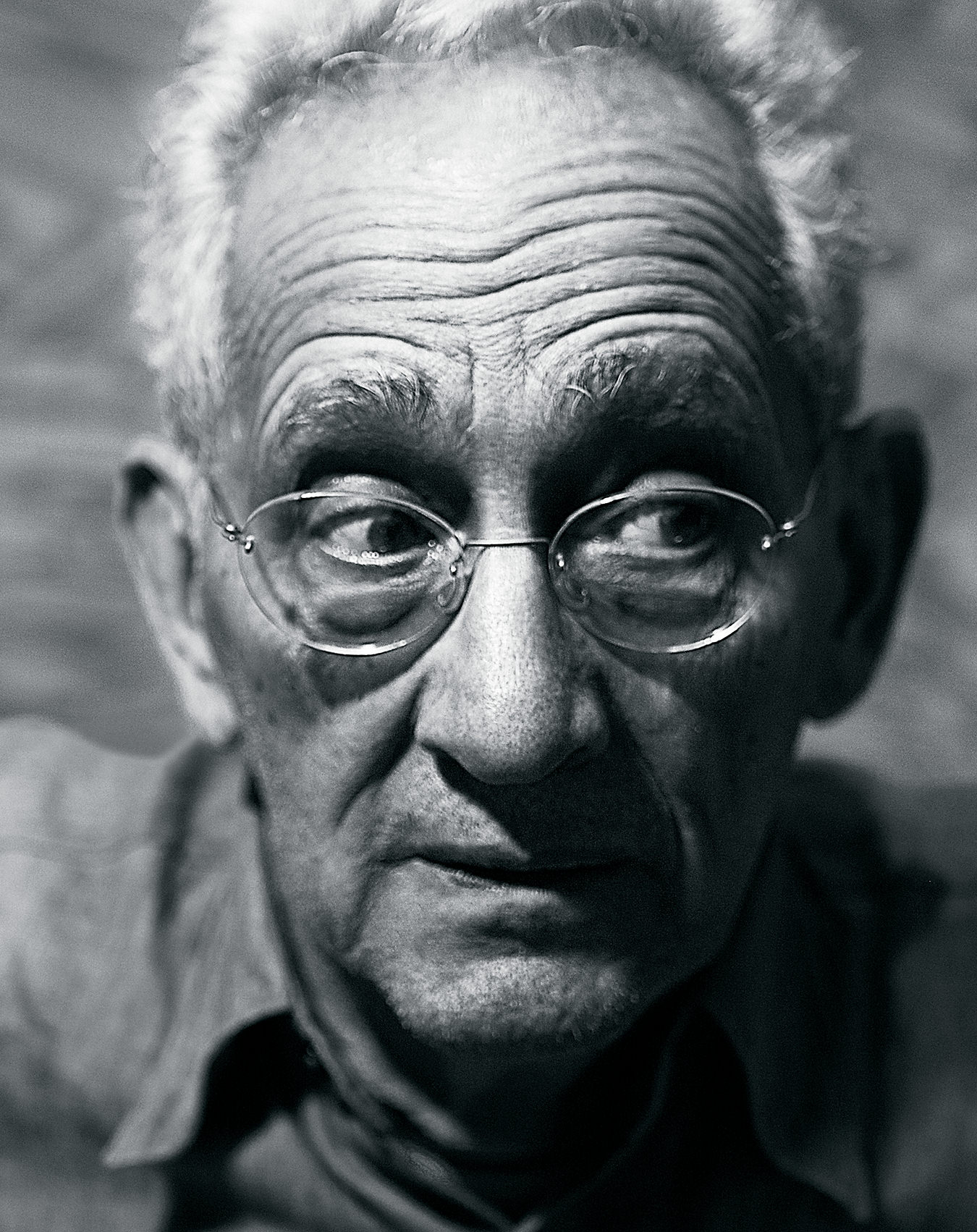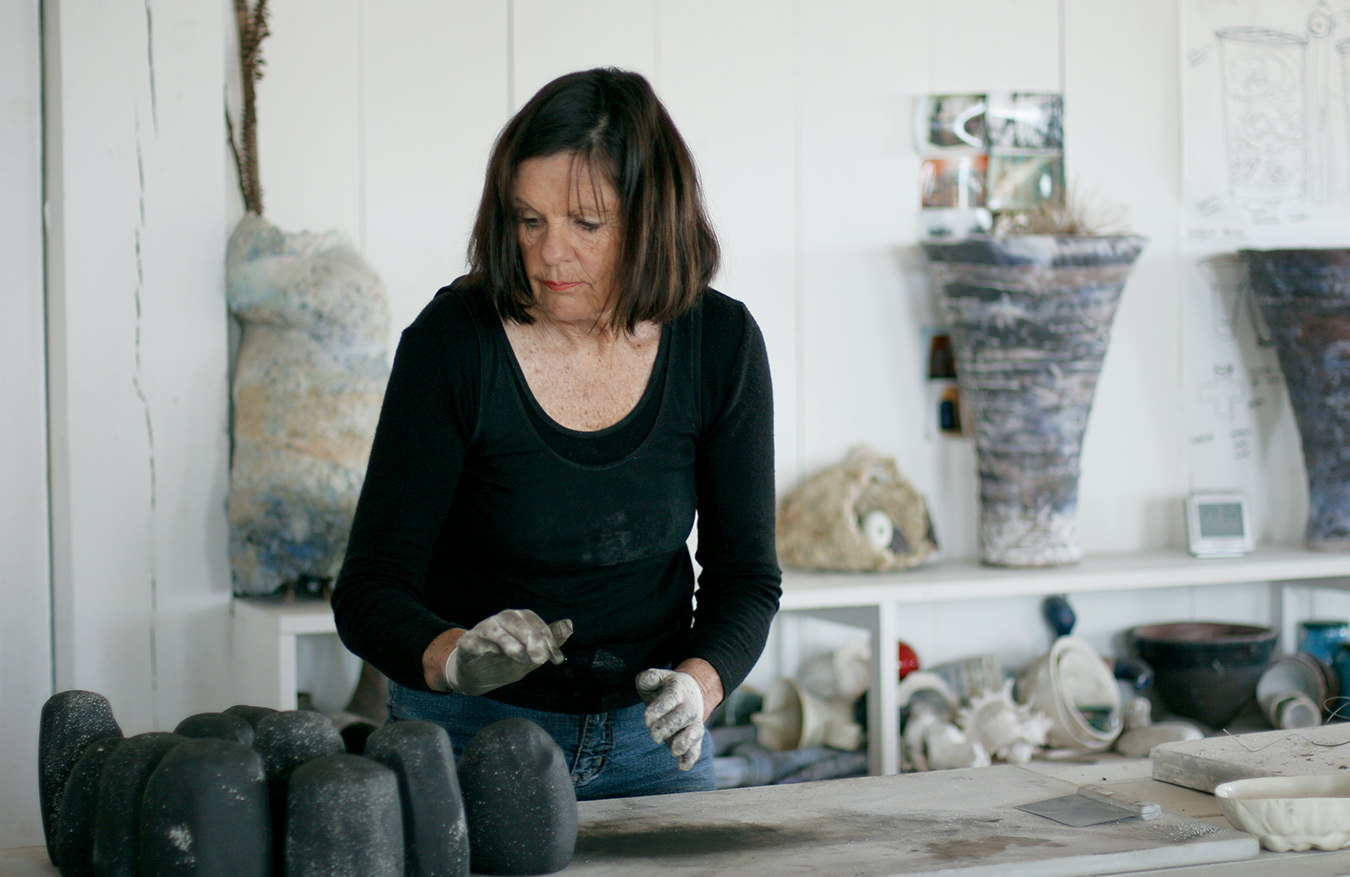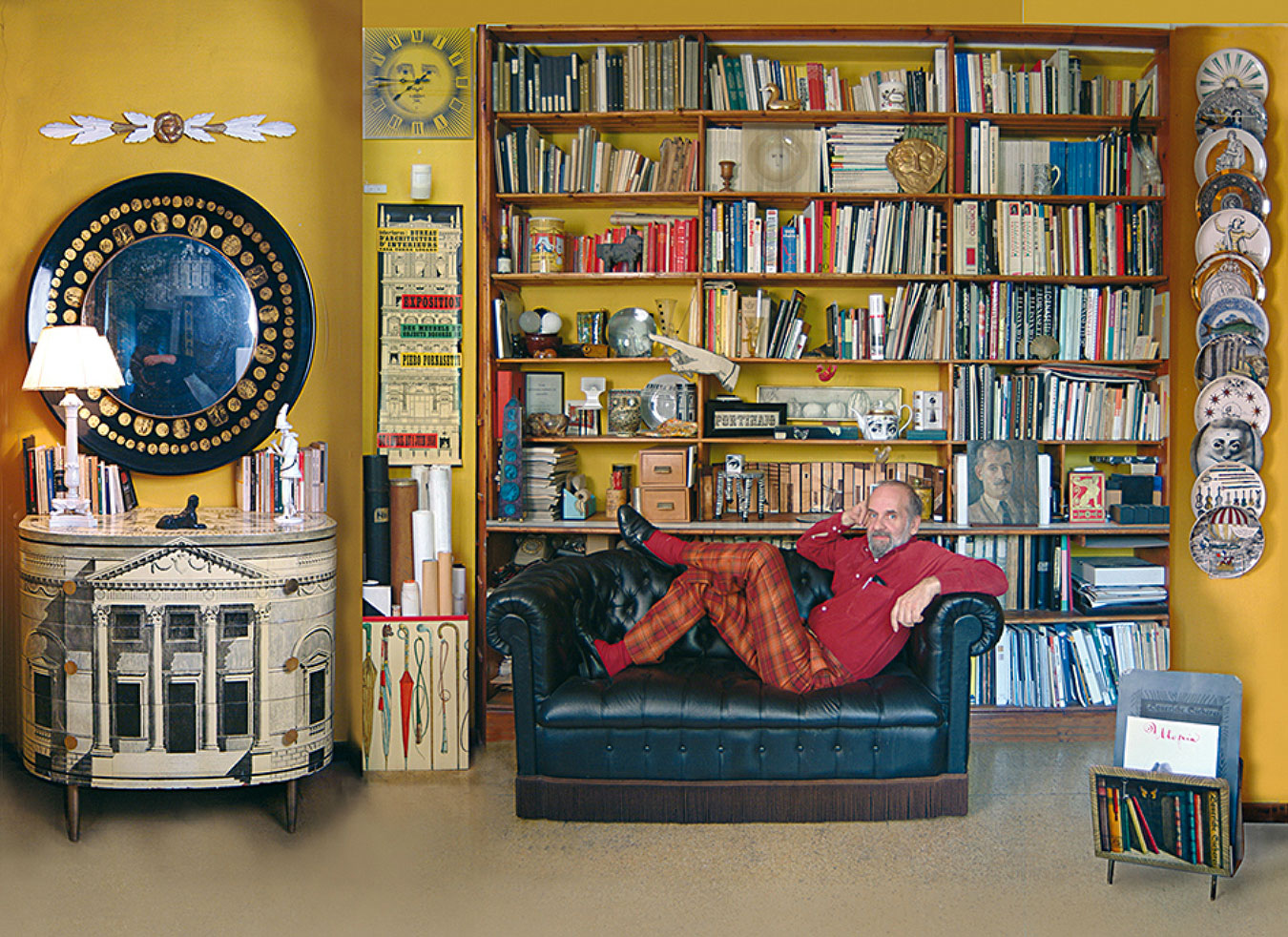Step Inside the Private Working Studio of Dale Chihuly
A collection of eclectic interests.
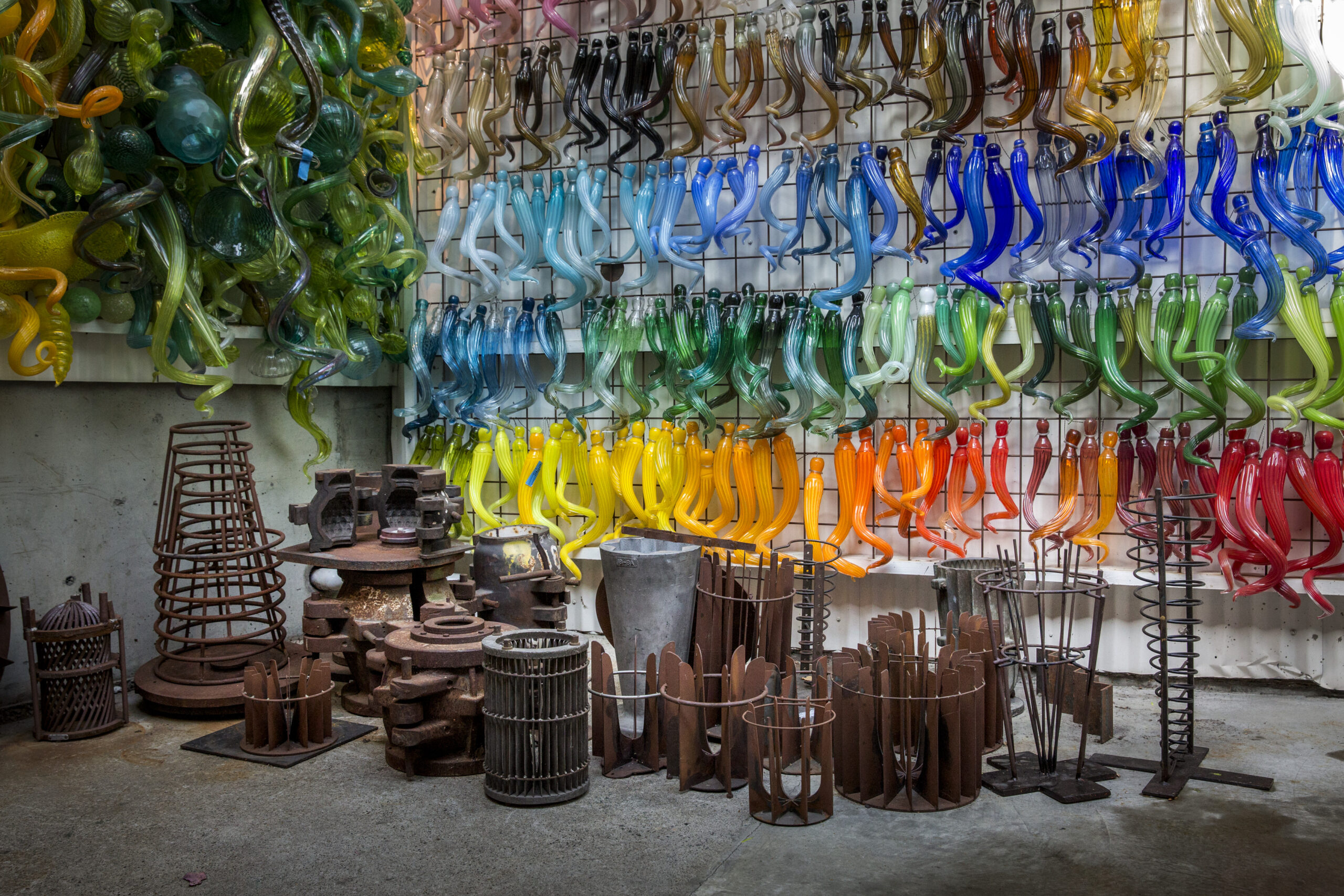
In a large, corrugated building on the shore of Lake Union, Washington, a wall of rainbow glass glimmers in the sunlight. This semi-industrial structure, called the Boathouse, is the private working studio of iconic glass artist Dale Chihuly.
In 1989, Chihuly purchased the 25,000-square-foot building as a studio space. Over the years, it has evolved and changed, though it remains the epicentre of the artist’s creative work.
Inside the Hotshop, large ovens and blazing furnaces provide a backdrop for a tight-knit team who spend their days shaping, spinning, and twisting molten glass into works of art. Colours abound in every direction, from the vibrant glass rods arranged in wooden cubbies to the walls of technicolour samples hanging over large metal moulds. Meanwhile, a labyrinth of rooms within the Boathouse reveals Chihuly’s personal collections of art and unique objects.
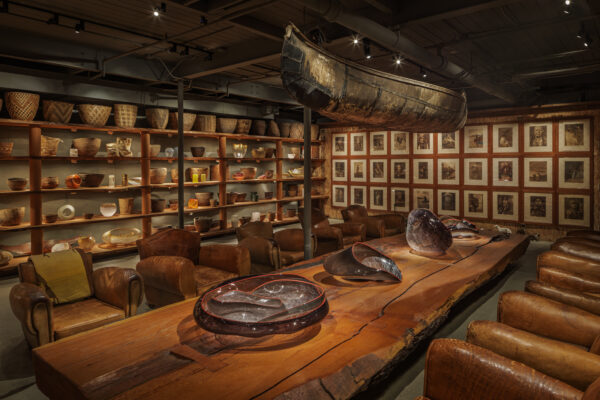
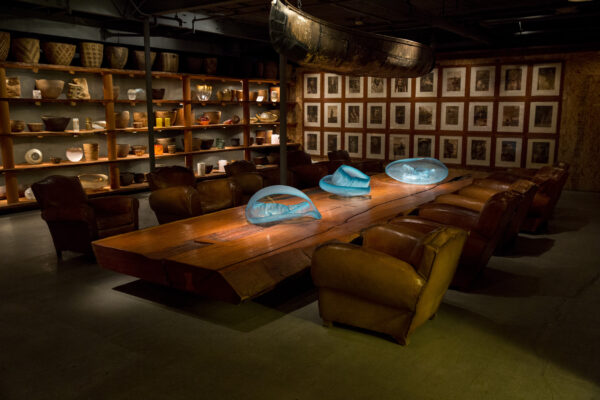
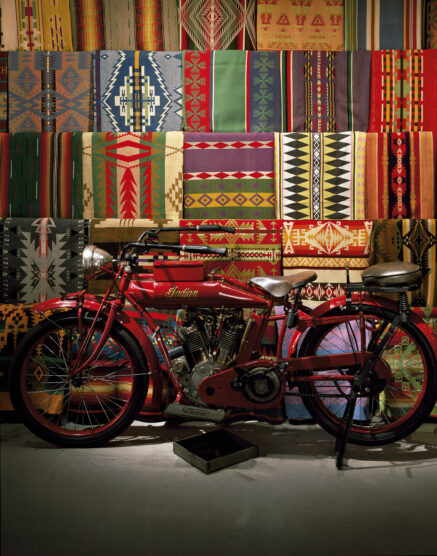
Unbeknownst to some, Chihuly is an ardent collector who finds beauty and inspiration in everyday objects. “I don’t know what it is about collecting, but I love to collect things,” he says. “When I collect something, I often don’t start with a single object. Sometimes I start with 10 or 20 or 100. It is like creating my own little museum.”
Growing up, the artist collected magazines and vintage stamps, which developed over time to include wide-ranging subjects such as toy soldiers, vintage radios, shaving brushes, and accordions. The accordian was the favoured instrument of both his late father and older brother. The stories inherent in these assorted objects are the real treasures of the Boathouse, offering a window into the working mind and varied interests of this trailblazing artist.
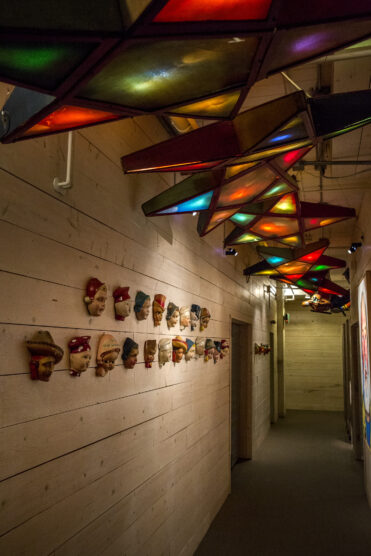
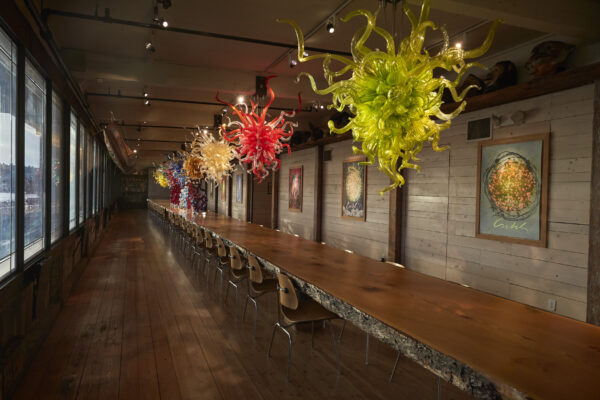
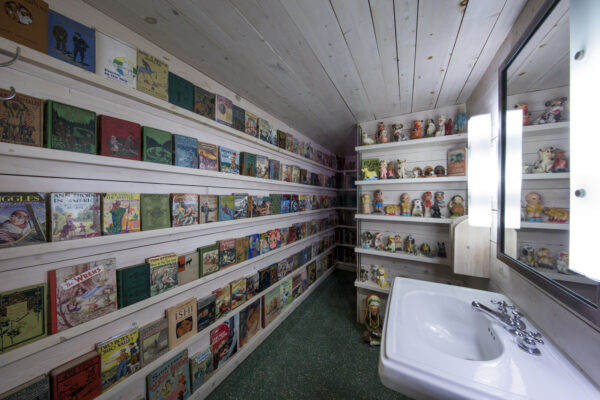
Chihuly: An Artist Collects, published in 2017, pays tribute to these nostalgic collections, including silvered inkwells, vintage juicers, papier mâché carnival masks, and matchbooks. Meanwhile, a new book published this summer invites fans to learn more about the Boathouse itself. “I thought it was really important for people to have a sense of the history of the building and to tell the story of Dale’s development and evolution as an artist as seen through the studio,” says Leslie Chihuly, the artist’s wife and Chihuly Studio’s president and CEO.
The pages reveal the building’s varied interiors, from its entryway adorned with striking rainbow glass to the woven baskets and trade blankets that await in the Northwest Room. Neighbouring these spaces is the Evelyn Room, with its waterfront window and distant views of downtown Seattle and the Space Needle. A staggering 85-foot table carved from a single Douglas fir commands attention, as does the Pocock racing shell that hovers from the ceiling. The boat hangs in tribute to the building’s legacy as the former working studio of George Pocock, who co-founded the company that produces the famed racing shells. Some of the Boathouse’s more unusual spaces include the live aquarium and shimmering lap pool, both displaying Chihuly glass, not to mention the upstairs ballroom, where a Steinway piano flanks a giant Jacob Dahlgren dartboard installation.
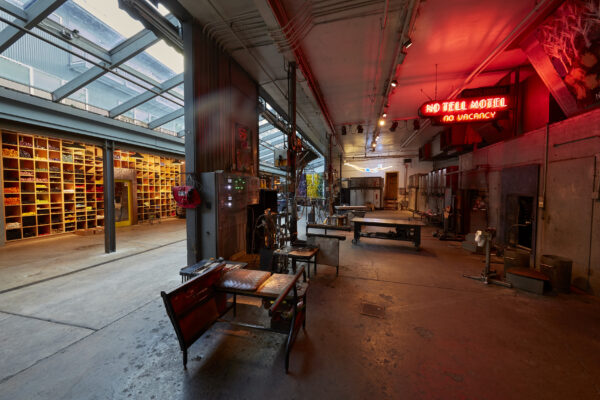
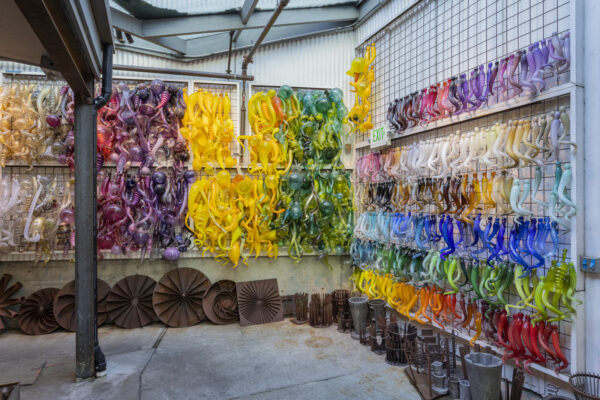
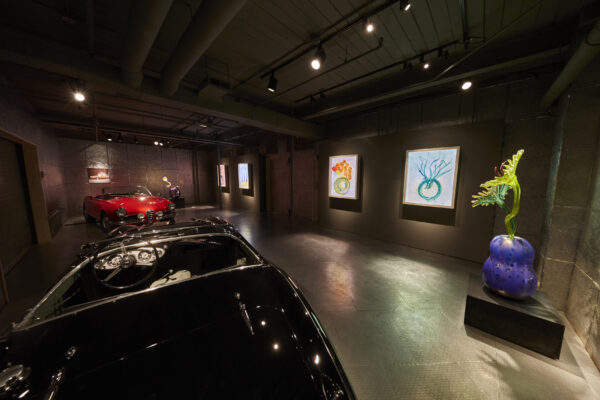
The ballroom is one of Leslie’s favourite spaces, thanks to the many musical entertainers who have played there over the years. And while this and the rest of the studio remain closed to the public, the Chihulys host private events there occasionally, including gatherings for collectors, artists, cultural leaders, dignitaries, nonprofits, and philanthropic organizations connected to their foundation.
Now, more than 30 years since Chihuly acquired this historic space, the Boathouse continues to be an important place of conversation, communion, collection, and creation as unique and multifaceted as the artist himself.
Photography by Nathaniel Willson.


